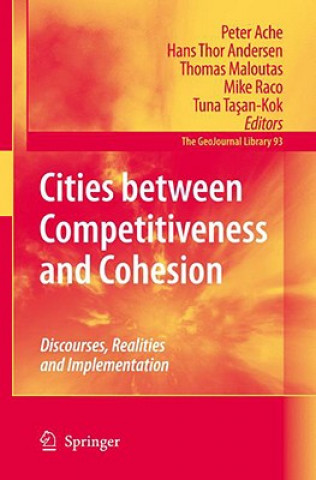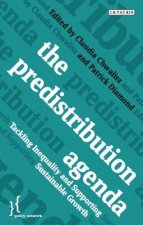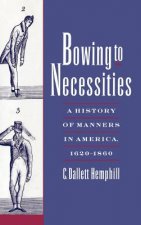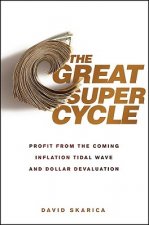
Kézbesítés
Vásárlási tanácsadó
16 105 854 könyv 175 nyelven








Összes nyelv megjelenítése (175)





Nem vált be? Semmi gond! Nálunk 30 napon belül visszaküldheti
 Ajándékutalvány
bármilyen értékben
Ajándékutalvány
bármilyen értékben
Ajándékutalvánnyal nem nyúlhat mellé. A megajándékozott az ajándékutalványért bármit választhat kínálatunkból.
Cities between Competitiveness and Cohesion
 Angol
Angol
 467 b
467 b
30 nap a termék visszaküldésére
Ezt is ajánljuk


The central aim of many analyses in population studies and demography is to explain cause-effect relationships among variables or events. For decades, population scientists have concentrated their efforts on estimating the causes of effects (e.g. What accounts for the decline of fertility rates? ) by applying standard cross-sectional and dynamic regression techniques, with regression coefficients routinely being understood as estimates of causal effects. The standard approach to infer the effects of causes (e.g. What is the effect of women s labour force participation on fertility? ) in natural sciences and in psychology is to conduct randomised experiments. In population studies, experimental designs are unfeasible. Nevertheless, quasi or natural experiments are sometimes performed to estimate treatment effects. However, most research is based on non-experimental designs (also called observational or survey designs).§Inferring the effects of causes or treatment effects from other than experimental data is tricky. However, treatment effects can be inferred from non-experimental data with a counterfactual approach. In such a perspective, causal effects are defined as the difference between the potential outcome irrespective of whether or not an individual received a certain treatment (or experienced a certain cause). The counterfactual approach to estimate effects of causes from quasi-experimental data or from observational studies was first proposed by Rubin (1974). Other important contributions include the work of James Heckman and collaborators and of Charles Manski and collaborators.
Információ a könyvről
 Angol
Angol




 Hogyan vásároljunk
Hogyan vásároljunk






















